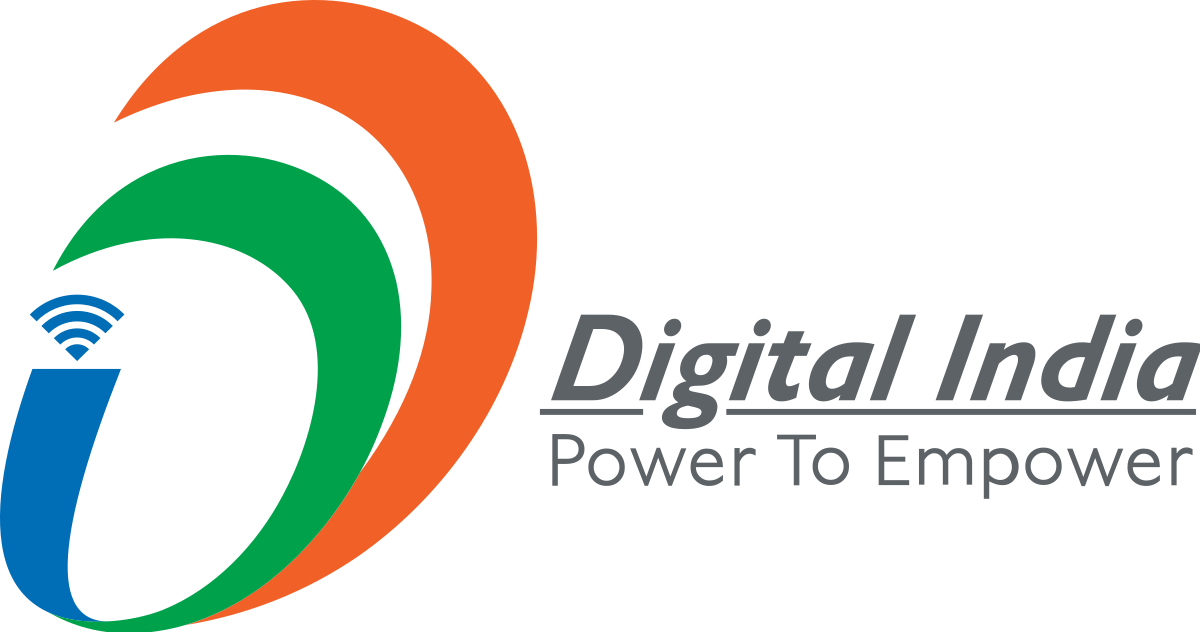Introduction
Directorate of Family Welfare, Manipur
About Us:
Introduction: Under the ambit of the Health and Family Welfare Department, the Directorate of Family Welfare Services operates as the administrative arm overseeing the state's Family Welfare program. India initiated the National Family Welfare Programme in the year 1951, which aims to curtail the birth rate to stabilize the population in alignment with the nation's economic needs. This initiative operates as a fully funded Centrally Sponsored Scheme.
Evolution of Objectives: The scope of the Family Planning Programme has evolved beyond solely aiming for population stabilization. It now encompasses a wider spectrum of objectives, including reduction of Infant and Maternal Morbidity and Mortality. This expansion is achieved through integrated Family Welfare Services, which offer a comprehensive healthcare package. These services cover a range of crucial areas such as Reproductive/family planning/Maternal Health, Newborn, Child Health - including immunization services, Adolescent Health services, and nutrition.
Legislative Compliance: The department also ensures implementation of Post-Partum Programs, Training, I.E.C. activities, as well as the implementation of critical acts like the PC-PNDT (Pre-Conception and Pre Natal Diagnostic Techniques) Act of 1994, the MTP (Medical Termination of Pregnancy) Act of 1971, and the recently enacted ART (Assisted Reproductive Technology) and Surrogacy (Regulation) Act of 2021, among others.
RMNCH+A Initiative: Following India's "Call to Action (CAT) Summit" in 2013, the Ministry of Health & Family Welfare launched RMNCH+A to reduce maternal and child morbidity. The State has adopted a "Community Needs Assessment Approach" for implementing Family Welfare and Maternal & Child Health programs under RMNCHA+N, prioritizing community-specific interventions.
Demographic Profile of Manipur:
Population Statistics:
- Crude Birth Rate: 13.3/1000 population*
- Crude Death Rate: 4.3/1000 population*
- Infant Mortality Rate: 6/1000 live births*
- Total Fertility Rate: 2.2**
- Fully vaccinated based on Vaccination Card: 75.7% **
- Sex Ratio (females per 1000 males): 1,066**
- Sex ratio at birth for the state of Manipur as per Civil Registration System (CRS): 960 (2022) (*Note: SRS 2020, ** NFHS-5)
Geographical Information: Manipur, one of the India's North-Eastern states, shares its international border with Myanmar to the East and South. Covering an area of 22327 square kilometers, it has a population of 28,55,794 (according to Census 2011). With a population density of around 128 individuals per square kilometer, Manipur demonstrates a notably lower density compared to the national average of 481 people per square kilometer.
Roles and Responsibilities:
Service Provision:
- Provision of RCH (Reproductive & Child Health) services to pregnant women and children.
- Implementation of Post-partum program.
- Provision of Family Planning services (Basket of choice contraceptives, female/male sterilization, Counseling etc.)
- Implementation of UIP (Universal Immunization Program) and Surveillance of VPD (Vaccine Preventable Diseases).
- Implementation of Pulse Polio Immunization Program.
- Implementation of (i) PCPNDT Act (Pre-conception & Pre Natal Diagnostic Techniques Act 1994 Prevention of Sex Selection), (ii) MTP (Medical Termination of Pregnancy) Act and (iii) ART & Surrogacy (Regulation) Act, 2021.
- Coordination and execution of IEC activities related to RMNCHA+N Programs.
- Procurement of State Specific vaccines such as MMR, Typhoid & Pentavalent Vaccines. Stocking, maintaining cold chain, disbursing vaccines and family welfare logistics to all health providing agencies in the State.
- Capacity Building to update knowledge & skills of various categories of health functionaries by providing trainings by the State H&FW Training Centre.
- Generation of trained frontline health staff of FHW (Female Health Workers) through the Female Health Workers’ Training School.
Human Resources:
- Headquarter Staffing: The directorate is led by a Director and supported by a team consisting of two Additional Directors, three Joint Directors, four Deputy Directors, and various other state level nodal officers for different programs.
- District Level Setup: At the district level, the smooth implementation of the Family Welfare Programme is managed and supervised by either the District Family Welfare Officer or the District Immunization Officer. Officers are designated in 5 districts of Imphal West, Imphal East, Thoubal, Bishnupur & Churachandpur whereas District Immunization Officers are designated for the remaining 11 districts including Ukhrul, Kamjong, Tamenglong, Noney, Chandel, Tengnoupal, Pherzawl, Senapati, Kangpokpi, Jiribam & Kakching.
- Below District Level Setup:
- Regional Health & Family Training Centre: Conducts training sessions for medical and paramedical staff.
- Female Health Workers Training School: Training candidates for two-year courses aligned with Ministry of Health & Family Welfare guidelines.
- Urban Family Welfare Centre in Imphal East provides services like Family Welfare, Primary Health Care, and Child Health Programme, among others.
- Rural Family Welfare Sub-Centre (RFWSC): Comprising 275 centers, RFWSC serves as the primary point of contact between health facilities and the community.
Development Partners:
- The Family Welfare Directorate is actively supported in carrying out its mandate by different developmental partners including the World Health Organization, UNICEF, UNDP, JSI, Jhpiego, and PATH.













